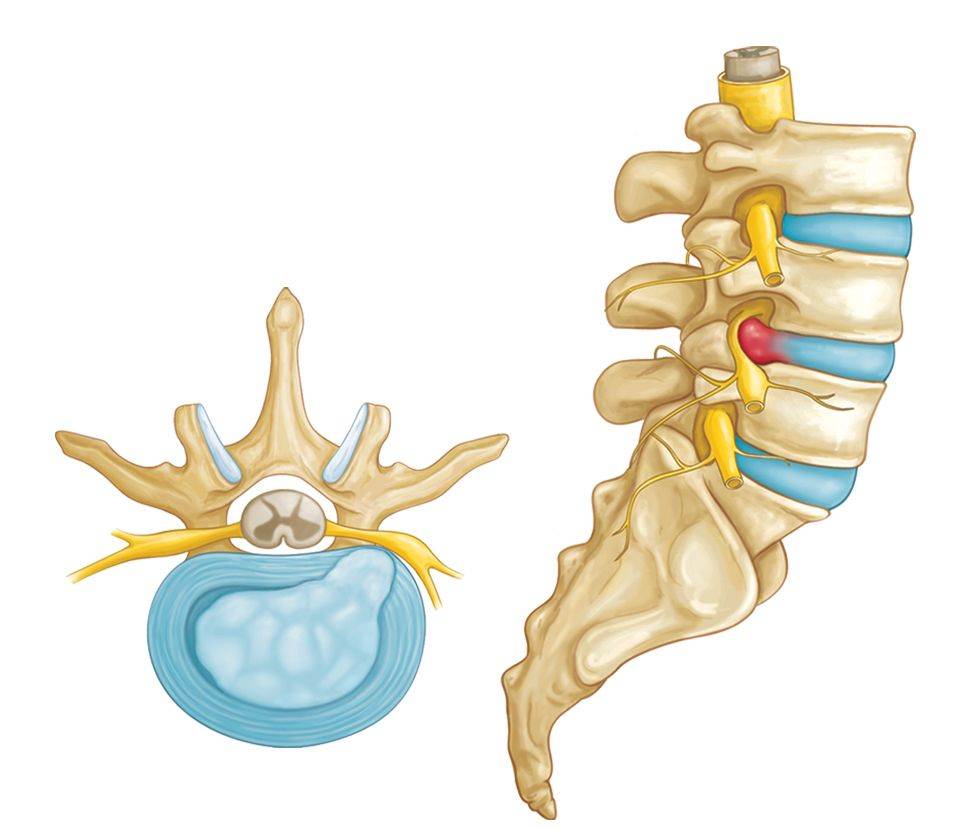Herniated Disc Treatment in Murray

WHY DO WE GET BACK OR NECK PAIN?
The most common source source repetitive and or constant back or neck pain is injury to a disc. These injuries come in the form of bulges, herniations, or ruptures.
The outer portion of the disc is called the annulus fibrosis, and the soft inner structure is called the nucleus pulposus. These unique structures provide flexibility, cushioning, and freedom of movement for the spine. It also creates space between the vertebrae so that the delicate spinal nerves can pass through the openings called foramen to reach their target destination. In the low back, the destination for those nerves in your legs is the low back, while in the neck it is the arms. Injury or damage to these discs will create a cycle of pain that will progress until the underlying problem is specifically corrected.
HOW ARE DISCS DAMAGED?
Overall, discs are very tough and resilient, but they are very susceptible to injury with repetitive activity and stress.
The fibers of the annulus fibrosis, work to contain the nucleus of the disc. The fibers break down with repeated stresses this can happen over a long period of time but can also happen very quickly. Small tears and fissures in the discs will occur, causing a loss of containment of the nucleus, allowing it to leak out. This causes a bulge, herniation or rupture.
WHAT IS A HERNIATED OR BULGING DISC?
The tearing of the outer annular fibers and the subsequent loss of containment of the inner fluid will cause a bulge or herniation. The more inner material loss the higher the degree of injury. When a disc bulges or herniates, it is a major cause of back pain. It can also pinch the delicate nerves that pass by as they exit the spine and go into the legs or arms. That’s what can cause radiating pain. In other words, pain, tingling, and numbness going down your leg or arm and possibly into your toes or fingers!
This radiating pain is often referred to as sciatica in the leg or cervical radiculopathy in the arm. The pressure on these nerves can change with various activities, and an activity such as lifting incorrectly can dramatically increase the pressure, subsequent pain and nerve compression.
Once a disc is bulging or herniated it will not simply go away with time, despite the slight changes in day-to-day pain. Until the injuries are addressed and treated directly the issue will persist.
